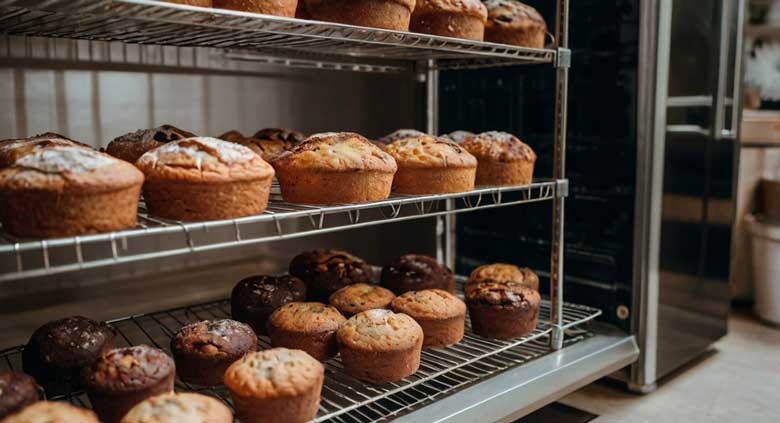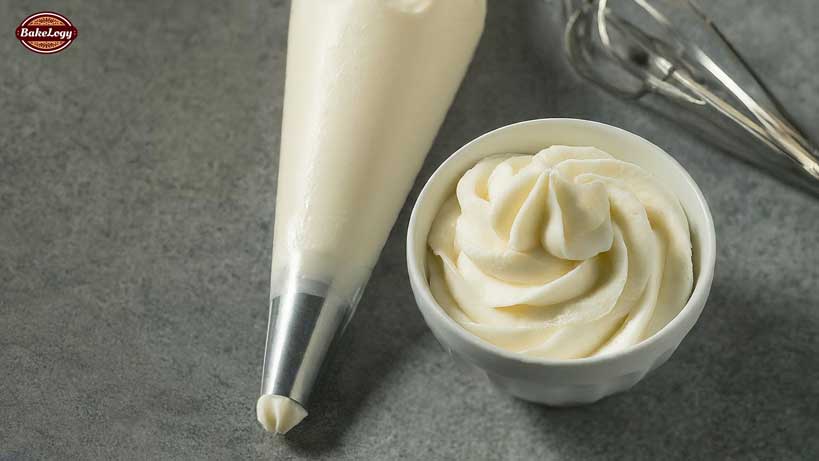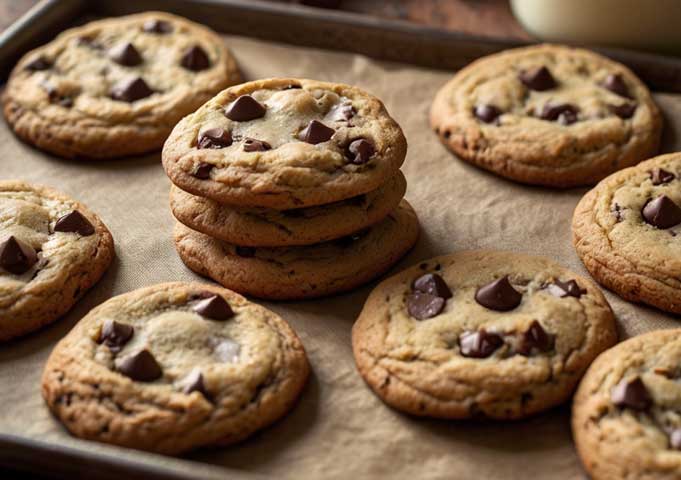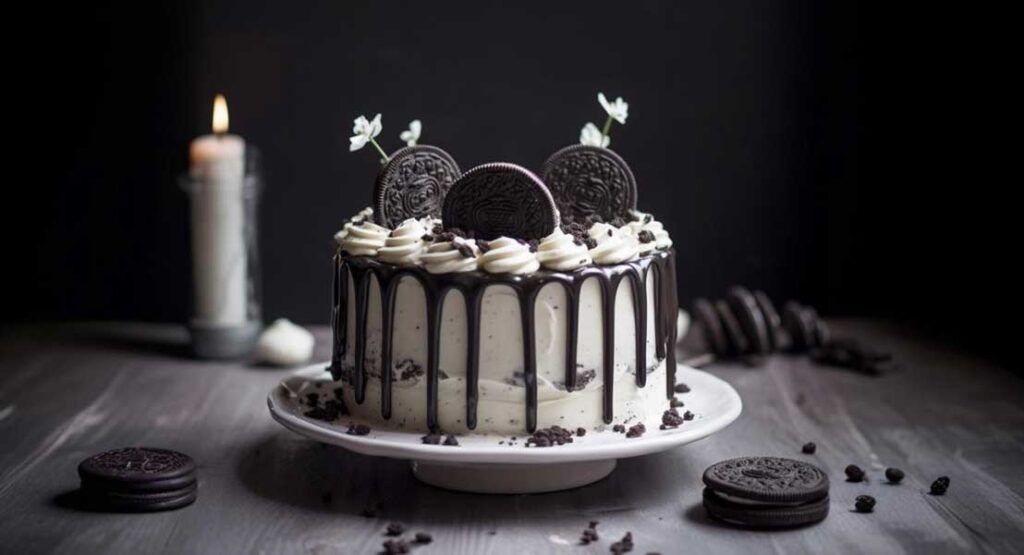Proper storage is essential for maintaining the freshness, texture, and flavor of baked goods. Whether you need to store fresh baked bread, pastries, cakes, or rolls, using the right methods prevents staleness and spoilage. For example, what is the best way to keep bread fresh? Instead of using plastic, the best way to store loaf of bread is in a bread box or to store bread in a paper bag, which allows air circulation and prevents mold. If long-term storage is needed, freezing is how best to store bread without compromising its texture. Similarly, understanding how to store pastries is crucial—keeping them in an airtight container at room temperature helps maintain their crispiness while refrigeration may make them soggy.
Cakes and pastries also require special handling to stay moist and fresh. If you’re wondering how to store cakes overnight before frosting, wrapping them in plastic or placing them in an airtight container prevents them from drying out. For fondant-covered cakes, knowing how to store cakes with fondant ensures the decoration remains intact, while buttercream cakes need specific conditions to stay creamy—learning how to store cakes with buttercream icing is key. In commercial settings, food packaging sealers help extend freshness, but for home bakers, simple airtight storage and freezing techniques are enough to ensure how to keep baked goods fresh for longer. By following proper storage methods, you can enjoy your baked treats at their best for days.
General Storage Tips for Baked Goods
Proper storage helps maintain the freshness, texture, and flavor of baked goods. Whether you’re storing bread, pastries, cakes, or rolls, using the right techniques prevents staleness and spoilage. Below are essential tips on how to store baked goods effectively.
1. Keep Baked Goods in Airtight Containers
- Store baked goods in airtight containers to prevent exposure to air and maintain freshness.
- Cakes should be wrapped tightly in plastic before storing to keep baked goods moist.
- When learning how to store cakes overnight before frosting, keep them in a sealed container to prevent dryness.
- Avoid storing bread in plastic containers, as they trap moisture and cause mold. Instead, the best way to keep bread is using a bread box or paper bag.
2. Store at Room Temperature When Appropriate
- Not all baked goods need refrigeration—many stay fresh longer at room temperature.
- Where’s the best place to store bread? In a cool, dry place like a bread box or a paper bag to prevent moisture buildup.
- The best way to store pastries is in a loosely covered container at room temperature, which helps keep pastry fresh.
- Dinner rolls can be stored in a bread box or airtight container, while dairy-based pastries should be refrigerated.
3. Use Refrigeration and Freezing When Necessary
- Refrigeration can extend shelf life, but it may dry out certain baked goods like bread and cakes.
- How should freshly baked items be stored? Bread should be kept in a paper bag or frozen for long-term storage.
- To store cakes in the freezer, wrap them in plastic and aluminum foil to prevent freezer burn.
- If you want to preserve pastries, freeze them in airtight containers to maintain their flavor and texture.
4. Label and Date Stored Items for Freshness Tracking
- Always label and date stored baked goods, especially when freezing, to track freshness.
- If you need to store cakes overnight before icing, note the date and wrap them properly to prevent drying.
- Learning how to store store bought bread correctly can help prevent early staleness.
- Commercial bakers can use food packaging sealers to extend shelf life, but home bakers can use airtight storage and freezing for freshness.
By following these tips, you can ensure that your baked treats stay fresh and delicious for as long as possible!
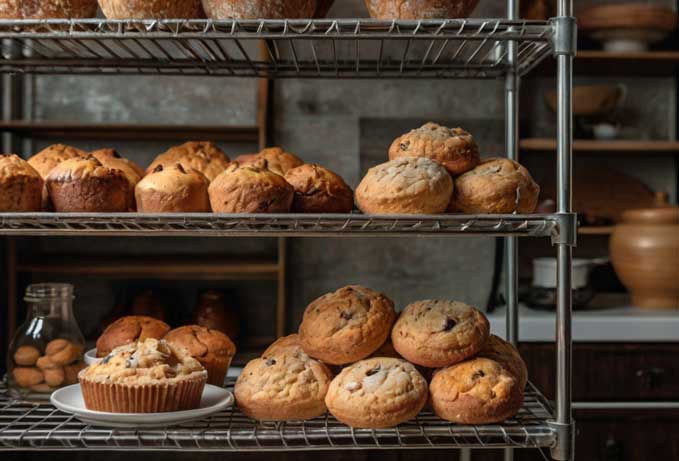
How to Store Different Types of Baked Goods
Proper storage varies depending on the type of baked goods. Using the right methods ensures that bread stays soft, cakes remain moist, and cookies keep their perfect crunch. Below are the best ways to store different types of baked goods while maintaining their freshness and flavor.
Bread and Rolls
- Store fresh baked bread at room temperature in a bread box or a paper bag to allow airflow and prevent mold.
- Avoid refrigeration, as it speeds up staling and makes bread dry and tough.
- For long-term storage, wrap bread and rolls tightly in plastic wrap and aluminum foil before freezing. When ready to use, thaw at room temperature and warm in the oven for a fresh taste.
Cakes and Cupcakes
- Unfrosted cakes should be stored in an airtight container at room temperature to prevent drying out.
- Cakes with buttercream or cream cheese frosting should be refrigerated to keep them fresh. Before serving, let them come to room temperature for better flavor and texture.
- To freeze cakes, wrap them tightly in plastic wrap and place them in a freezer-safe container. Cupcakes should also be stored in an airtight container or wrapped individually for better preservation.
Cookies and Biscuits
- Store cookies in an airtight container at room temperature to maintain their texture and flavor.
- Keep soft and crispy cookies separate to prevent moisture transfer—soft cookies can make crispy ones lose their crunch.
- For future baking, freeze cookie dough in portioned scoops, so you can bake fresh cookies whenever needed.
Pies and Tarts
- Pies with dairy-based or fruit fillings should be stored in the refrigerator to maintain freshness and prevent spoilage.
- Fruit pies can stay at room temperature for up to two days, covered loosely with foil or plastic wrap.
- To freeze pies for long-term storage, wrap them securely in plastic wrap and aluminum foil. When ready to serve, let them thaw in the fridge overnight and warm them in the oven for a fresh-baked taste.
Pastries and Croissants
- Store pastries and croissants in a paper bag at room temperature to keep them fresh for a short period. Avoid plastic bags, as they can trap moisture and make pastries soggy.
- Reheat in the oven for a few minutes to restore their crispiness before serving.
- If storing for a longer time, freeze them in an airtight container. When ready to eat, thaw and reheat in the oven to bring back their flakiness.
By following these simple storage techniques, you can enjoy your baked treats at their best for longer, whether it’s a crusty loaf of bread, a delicate pastry, or a rich, frosted cake.
Storage Mistakes to Avoid
Even with the best intentions, improper storage can lead to stale, dry, or even spoiled baked goods. Here are some common mistakes to avoid:
- Storing all baked goods in the fridge unnecessarily – While refrigeration is essential for dairy-based desserts, it can dry out bread, cookies, and some cakes. Instead, store fresh baked bread in a paper bag or bread box and keep cookies in airtight containers at room temperature.
- Using improper wrapping materials – Wrapping baked goods too loosely can cause them to dry out, while wrapping them too tightly (especially warm items) can trap moisture and lead to sogginess or mold. Use parchment paper, foil, or airtight containers depending on the item.
- Not considering humidity and temperature factors – High humidity can make cookies lose their crunch, while too much dryness can make bread go stale faster. Keep baked goods in a cool, dry place and adjust storage methods based on the climate.
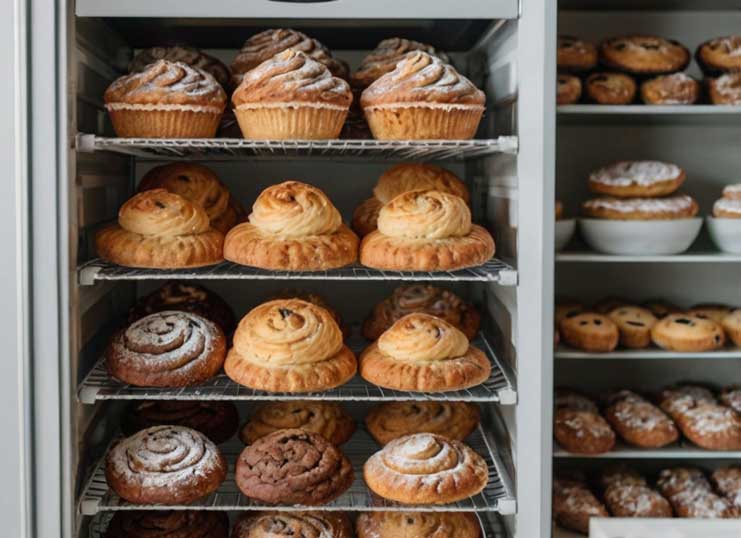
Conclusion
Proper storage is key to keeping your baked goods fresh, delicious, and enjoyable for as long as possible. Whether you’re storing bread, cakes, cookies, or pastries, using the right techniques—like airtight containers, proper wrapping, and freezing when necessary—helps maintain their texture and flavor.
By following these best practices, you can enjoy your homemade or store-bought treats at their best, minimizing waste and maximizing taste. Happy baking!
Frequently Asked Questions (FAQ)
How to store baked goods?
Store baked goods in airtight containers at room temperature when possible. For long-term storage, wrap them properly and freeze them.
How to store baked cakes?
Unfrosted cakes should be wrapped in plastic and stored at room temperature. Frosted cakes should be kept in the refrigerator, especially if they contain dairy-based ingredients.
How to price baked goods for wholesale?
Calculate ingredient costs, labor, packaging, and overhead expenses. Then, add a profit margin and consider market rates to determine wholesale pricing.
How to store baked goods on the counter?
Use airtight containers, bread boxes, or paper bags to keep baked goods fresh. Avoid direct sunlight and moisture exposure.
How to price baked goods from home?
Factor in ingredient costs, preparation time, utilities, packaging, and delivery. Research competitor pricing and adjust accordingly.
Should you refrigerate baked goods?
Only refrigerate baked goods that contain dairy, eggs, or perishable fillings. Most breads, cookies, and unfrosted cakes stay fresh at room temperature.
How to keep baked goods fresh for shipping?
Use vacuum-sealed or airtight packaging. Choose insulated shipping materials and include moisture-absorbing packets when needed.
How to store baked cakes before frosting?
Wrap the cake layers in plastic wrap and store them at room temperature for up to a day. For longer storage, refrigerate or freeze.
What baked goods need to be refrigerated?
Cakes with dairy-based frosting, cheesecakes, custard pies, and cream-filled pastries should be refrigerated.
How long are baked goods good for in the fridge?
Most baked goods last 3-7 days in the refrigerator, depending on the ingredients and storage method.
How to keep baked goods cool outside?
Use insulated containers, ice packs, or coolers to maintain freshness, especially in warm weather.
How to store baked products?
Store in airtight containers, wrap properly for freezing, and keep in a cool, dry place to maintain freshness.
Should you store baked goods in the fridge?
Only if they contain perishable ingredients like dairy or eggs. Otherwise, room temperature storage is better to maintain texture.
How to keep baked goods fresh overnight?
Wrap them in plastic wrap or store them in airtight containers to prevent drying out or absorbing moisture.
Where to store baked goods?
Store them in a cool, dry place, such as a pantry, bread box, or airtight container on the counter.
How to sell baked goods to grocery stores?
Create a business plan, comply with food safety regulations, and reach out to grocery stores with samples and pricing proposals.
How to price baked goods for sale?
Consider ingredient costs, labor, packaging, and competitor pricing. Set a fair price that ensures profitability.
How to store baked goods in the freezer?
Wrap items tightly in plastic wrap and place them in freezer-safe containers or bags to prevent freezer burn.
How to store baked goods overnight?
Use airtight containers or wrap items well to maintain moisture and freshness.
How to store baked goods with cream cheese?
Always refrigerate baked goods containing cream cheese to prevent spoilage.
How to keep baked goods cool at a farmers market?
Use insulated coolers, ice packs, or shaded display areas to prevent heat exposure.
How to keep baked goods from getting soggy?
Store in breathable containers, use parchment paper between layers, and avoid trapping excess moisture.
How to keep baked goods crispy?
Store in a dry, airtight container and reheat briefly in an oven if needed to restore crispness.
How to store baked cakes overnight?
Wrap cakes in plastic wrap or place them in an airtight container at room temperature. Refrigerate if they contain perishable fillings.
How to store baked goods so they don’t get soggy?
Allow baked goods to cool completely before storing, and use proper wrapping materials to control moisture.
What to store baked goods in?
Use airtight containers, bread boxes, or resealable plastic bags, depending on the type of baked goods.
How long to keep baked goods?
Room temperature storage lasts 2-5 days, refrigeration extends it to a week, and freezing can keep them fresh for months.
What is the best way to keep baked goods fresh?
Store them properly using airtight containers, wrap them correctly for freezing, and avoid moisture exposure.
Why is it important to store baked goods properly?
Proper storage maintains freshness, texture, and flavor while preventing spoilage and waste.
Where do you store baked goods?
Store them in a cool, dry place, a bread box, airtight containers, or the refrigerator when necessary.
How to get baked goods into stores?
Obtain the required food licenses, create appealing packaging, set competitive pricing, and pitch products to store managers.
When do baked goods need to be refrigerated?
When they contain dairy, eggs, or perishable fillings such as custard, cream cheese, or whipped cream.
What baked goods should be refrigerated?
Cheesecakes, custard pies, dairy-based frostings, and cream-filled pastries should always be refrigerated.
